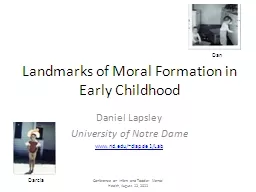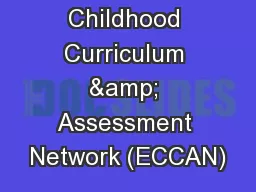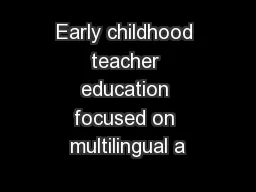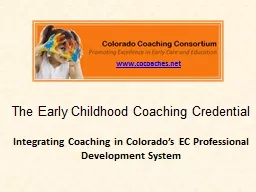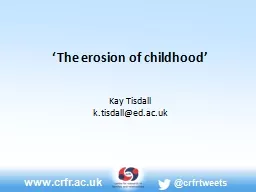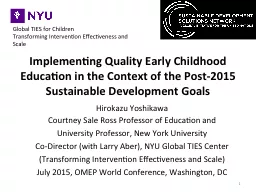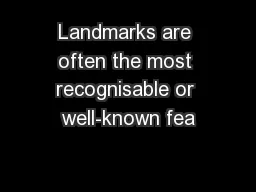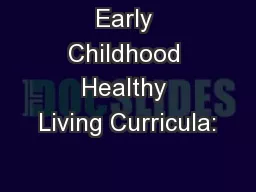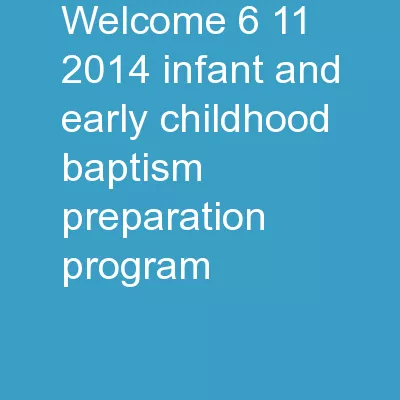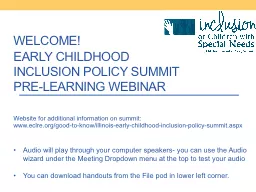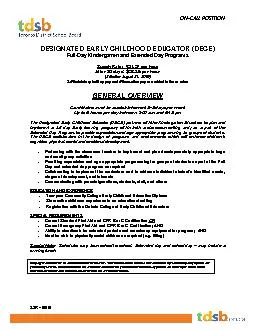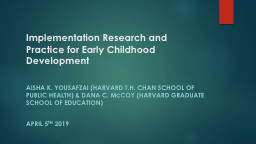PPT-Landmarks of Moral Formation in Early Childhood
Author : sportyinds | Published Date : 2020-06-20
Daniel Lapsley University of Notre Dame Dan Darcia wwwndedudlapsle1Lab Conference on Infant and Toddler Mental Health August 12 2011 Morality is declarative knowledge
Presentation Embed Code
Download Presentation
Download Presentation The PPT/PDF document "Landmarks of Moral Formation in Early Ch..." is the property of its rightful owner. Permission is granted to download and print the materials on this website for personal, non-commercial use only, and to display it on your personal computer provided you do not modify the materials and that you retain all copyright notices contained in the materials. By downloading content from our website, you accept the terms of this agreement.
Landmarks of Moral Formation in Early Childhood: Transcript
Download Rules Of Document
"Landmarks of Moral Formation in Early Childhood"The content belongs to its owner. You may download and print it for personal use, without modification, and keep all copyright notices. By downloading, you agree to these terms.
Related Documents

